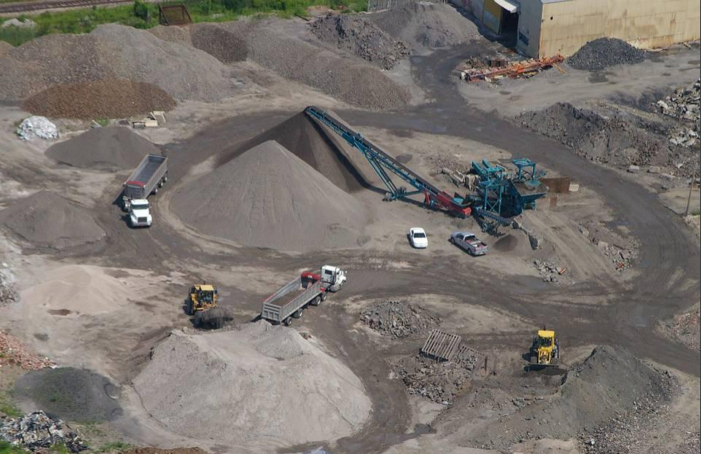
Ontario has proposed recent changes to the regulatory framework regarding the re-use of excess soils and the redevelopment of brownfield properties. The proposed amendments would address practical challenges facing brownfield developers by reducing barriers to redevelopment and revitalization of historically contaminated lands, putting vacant, prime land back to good use.
Excess soil reuse is also a growing concern for property owners and brownfield developers challenged with finding acceptable and cost-effective reuse locations. The proposed regulatory changes would increase opportunities for the beneficial reuse of excess soil. These changes would:
Proposed Amendments to the Brownfield Regulation in Ontario would remove onerous requirements that are not a necessity to support good environmental outcomes. These amendments will reduce delays, provide more certainty, and increase the economic viability of brownfields projects.
The changes would remove requirements for a Record of Site Condition for specific low risk redevelopment situations, including converting:
Additionally, the proposed amendments would reduce delineation requirements for properties undergoing a Risk Assessment where further sampling would not provide valuable insight or is considered unnecessary. It is anticipated that this will lower costs associated with onerous iterations of unnecessary sampling and alleviate delays in the Record of Site Condition process.
Overall, the proposed amendments to O. Reg. 153/04 are anticipated to increase the economic viability of redevelopment projects. Removing barriers to brownfield redevelopment will support increased housing supply and community regeneration through expediting the remediation process and reducing redevelopment costs for property owners and developers.
More information on these proposed changes can be found at: https://ero.ontario.ca/notice/013-5000